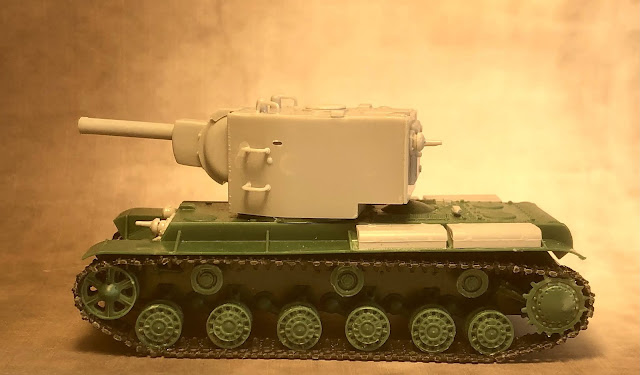Johann Baptist Georg Fidelius Lingk or Lingg , (24. April 1765 in Meersburg on Lake Constance - 21st January 1842 in Mannheim) was lieutenant general of the Grand Duke of Baden Jager battalion "Lingg". He became known as the defender of the city of Hersfeld against the French as " The Man of Hersfeld ". Born in Meersburg, a son of a innkeeper and owner of the Hotel Löwen in Meersburg. Lingg attended grammar school in Meersburg, and started his military career in 1780 becoming a officer cadet in the grenadier company of the Bishopric of Konstanz. In 1783 he was promoted to second lieutenant and in 1790 to premier lieutenant. In the war of the First Coalition (1792–1797) Lingg fought against the French in the Swabian district regiment "Wolfegg". This regiment was disbanded after the defeat in 1796. Lingg became captain that same year
promoted and commanded the grenadier company of the Bishopric of Konstanz. After the Lunéville Peace Treaty was signed in 1801, the Konstanz Bishopric was secularized and added to the Margraviate of Baden.
 |
| Monument to Lingg von Linggenfeld in Bad Hersfeld |
Lingg joined the Baden Army in 1803 and was promoted to major a few months later . He became a staff officer and commander of a company in the Jäger Company in Bruchsal . Between 1805 and 1806 Lingg fought with his company in the Third Coalition War in the Austria. The jager battalion was restructured and increased by two companies and now had four companies with a strength of 553 men. Lingg was promoted to lieutenant colonel and thus became the commander of the "Lingg" Jager battalion.
 |
| Major General Johann Lingg 28mm Murawski miniatures |
Baden as a Confederation of the Rhine Member was also involved in the war of the fourth coalition between France and Prussia . Lingg moved out with his battalion and was in Kassel by December 1806 . At this time there were riots in Kurhessen . So Lingg was with his Jager battalion to Eschwege and Hersfeld ordered to keep the situation in the back under control. After a riot broke out in Hersfeld on Christmas 1806 when Napoleonic troops were billeted, Napoleon gave the order to set fire to all four corners of the town and to plunder it. Lingg literally carried out the first part of the order and had four separate buildings set on fire on the outskirts, which burned down without harm to the rest of the city. He prevented the looting by addressing his soldiers, therefore disobeying Napoleon's orders. After the events in Hersfeld, Lingg marched with his battalion to Vacha . From there it moved on to Pomerania in mid-May 1806 , where Lingg's troops took part in the fighting there.
In December 1807 Lingg moved to Heidelberg , into the new garrison of his battalion. Lingg was promoted to colonel on December 21 and was awarded the Knight's Cross of the Military Karl Friedrich Order of Merit. When Lingg approached Grand Duke Karl Friedrich at the beginning of 1808 to thank Grand Duke Karl Friedrich , he is said to have received him with the words: "The man from Hersfeld".
In the fifth coalition war , Lingg was deployed in Austria and was slightly injured in the battle of Wagram . In 1810 the battalion was reclassified to the "Lingg" light infantry battalion and relocated to Freiburg . After his appointment as major general , Lingg became city commander of Freiburg.
Gravestone of Lingg von Linggenfeld in the Mannheim main cemetery
In the sixth coalition war , the Baden corps and the infantry battalion "Lingg" moved against Russia as far as Smolensk . Lingg was wounded on the retreat across the Berezina . The entire Baden corps in the Prussian retreat consisted of only 41 men. They were transferred from Lingg to Glogau , where replacement troops from Baden were lying. He then submitted his departure and left the army on March 16, 1813 as lieutenant general .
In 1819, because of his courageous behavior in Hersfeld, he received the house order of the Golden Lion from the Hessian elector Wilhelm I and Wilhelm II. On November 1, 1827, he was raised to hereditary nobility with the title “von Linggenfeld” .
cheers
Matt












